
Sightseeing
Kansai Full-Day Tour Plan
Explore the highlights of the Kansai region—
Japan’s second largest metropolitan area made up of
2 prefectures and 4 regions—all in a single day.
-
9:00
- Departure (approx. 50 mins)
- Start from Osaka, then head to the city synonymous with style.
-
9:50
- Kobe (approx. 1 hour)
- Kobe, the capital of Hyogo Prefecture, developed around its port and is recognized by UNESCO as a Creative City of Design. Known for its stylish atmosphere and abundance of scenic spots, Kobe is a must-see. The highlight here is Kobe Port Tower.
-
- Kobe Port Tower
- A symbol of Kobe, this 108-meter-tall tower offers panoramic views of the city and port. Its striking red appearance has earned it the nickname “The Beauty of the Steel Tower.” The night view, with its brilliant lighting, is especially impressive. The tower includes five observation levels and four lower floors with a variety of facilities including specialty shops, a bar, a museum, and a restaurant—something for every mood.
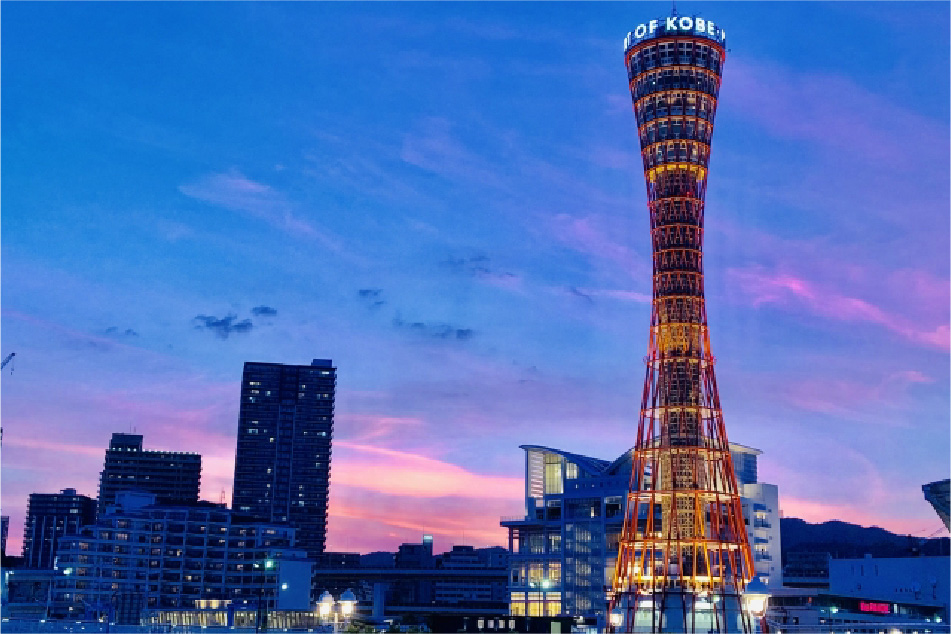
-
- Kobe Brick Warehouse
- Just a 10-minute walk from the Port Tower, these historic warehouses were used from the Meiji to Showa periods. Now beautifully renovated, they house restaurants and interior shops. Despite the updates, the area retains its vintage charm and unique ambiance. It’s a great spot for both photography and browsing through stylish shops.
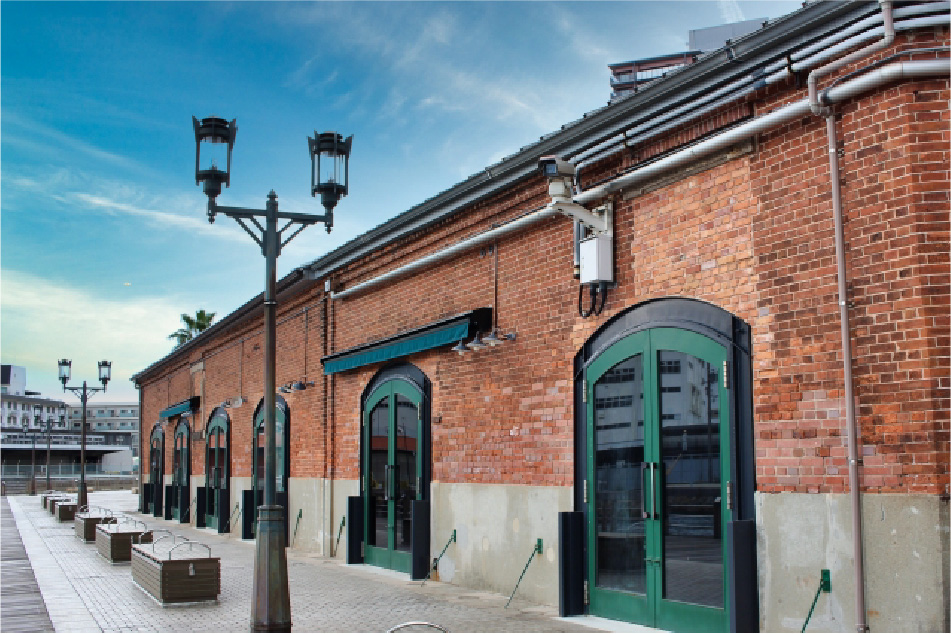
-
10:50
- Transfer (approx. 1.5 hours)
- After experiencing the fashionable Kobe, it’s time to visit Japan’s ancient capital.
-
12:20
- Kyoto (approx. 1.5 hours)
- Kyoto thrived as Japan’s capital from the Heian to the Meiji period and continues to embody its rich cultural heritage. The featured destination in Kyoto is the UNESCO World Heritage Site Kiyomizu-dera Temple.
-
- Kiyomizu-dera Temple
- Famous for the “stage of Kiyomizu,” this temple originated from a miraculous encounter between the monk Kenshin and the general Sakanoue no Tamuramaro. Before reaching the temple, walk through the series of slopes—Ichinenzaka, Ninenzaka, and Sannenzaka. These streets, lined with traditional shops and Kyoto-style restaurants, offer a taste of Kyoto’s unique ambiance. Enjoy local specialties like yuba and matcha-based dishes for lunch. Upon arrival, you’ll be greeted by the Niomon Gate, followed by Japan’s largest three-storied pagoda. Continue to the main hall and its famous wooden stage, which offers a spectacular panoramic view of Kyoto. After visiting the main hall, head to Otowa Waterfall, the birthplace of Kiyomizu-dera. Drinking from one of its three streams—each said to bring blessings for longevity, love, or academic success—is believed to grant your wish. Be careful not to drink from all three, though, as it’s considered greedy and may cancel your wish.
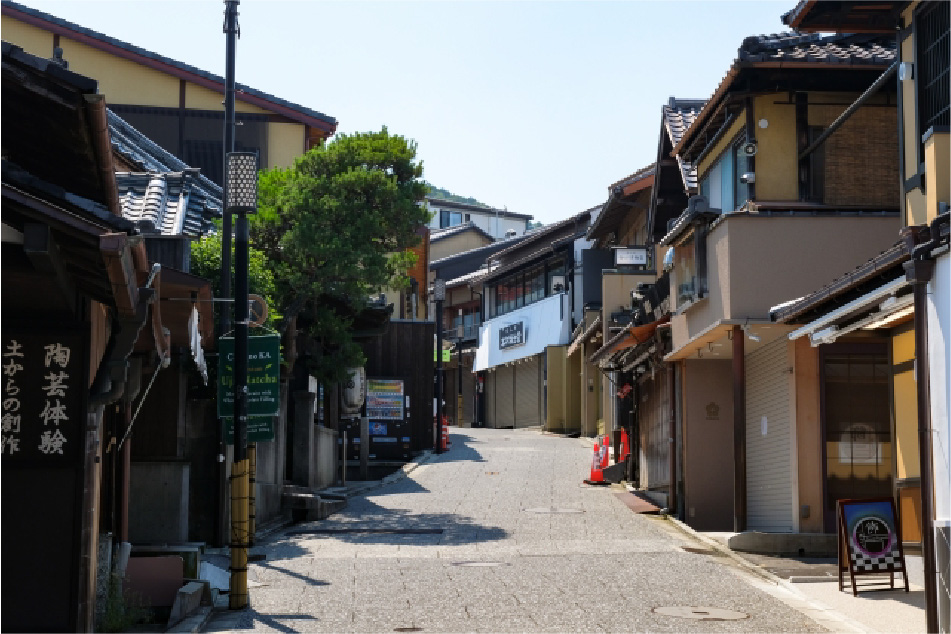
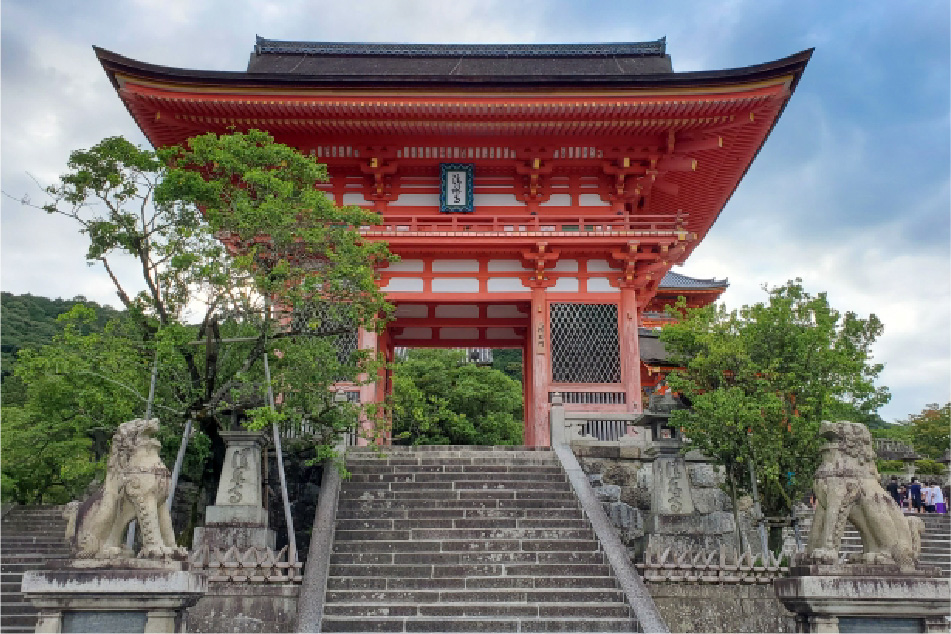

-
13:50
- Transfer (approx. 1 hour)
- Next, leave the spiritual ambiance of Kyoto and head to a place where many Buddhist teachings remain.
-
14:50
- Nara (approx. 1.5 hours)
- Nara Prefecture, which lent its name to the Nara period, is home to the largest number of cultural assets in Japan. In this historic region, we’ll visit Todaiji Temple, located in the largest natural park in the prefecture.
-
- Nara Park
- Designated as a Place of Scenic Beauty by the Japanese government, Nara Park spans 660 hectares and houses free-roaming deer, Kasuga Taisha Shrine (famous for matchmaking), and Kofukuji Temple with its iconic five-storied pagoda. With so much to explore, we’ll focus on Todaiji, home to the Great Buddha of Nara. At the entrance, the Nandaimon Gate features two fearsome guardian statues known as Nio, representing the start and end of life’s breath. Past the gate lies the Great Buddha Hall, housing the colossal 15-meter Rushana Buddha, built to embody the hope for peace and prosperity. In addition to the Buddha, Todaiji features various points of interest such as a museum and Fudodo Hall, which enshrines the Five Wisdom Kings.
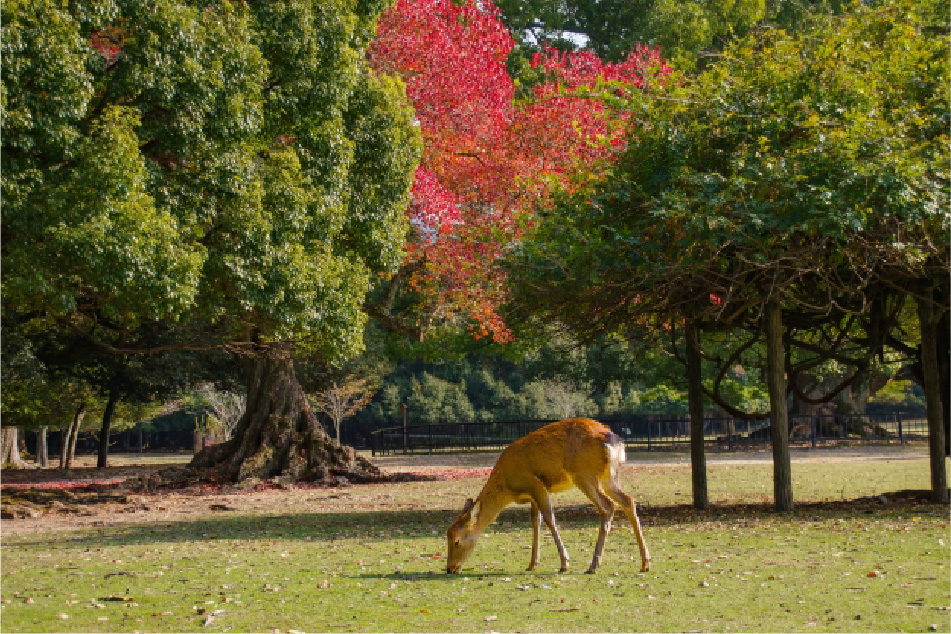
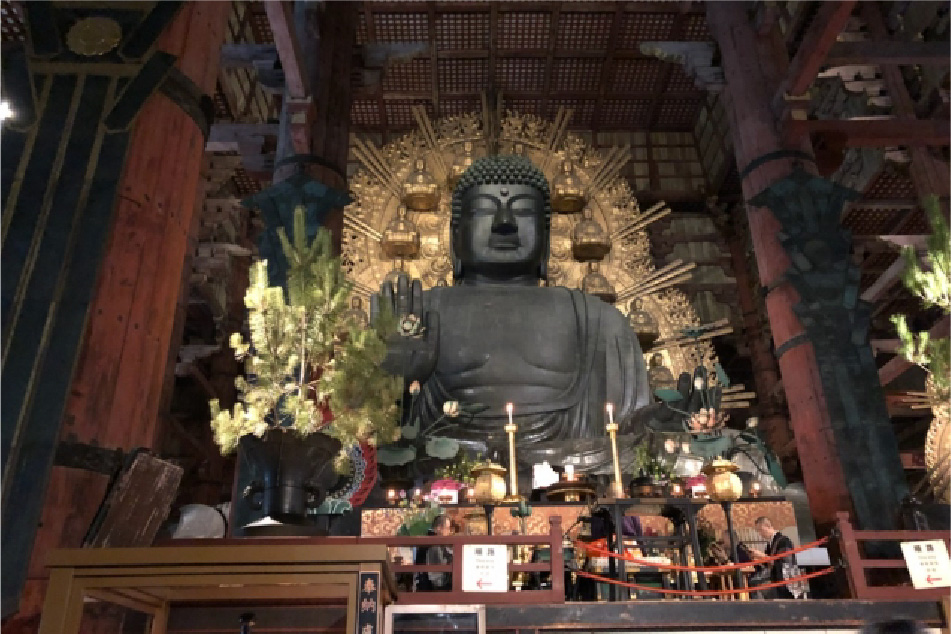
-
16:20
- Transfer (approx. 1 hour)
- Leaving the land of Buddhist heritage, return to where the journey began—Osaka.
-
17:20
- Osaka (approx. 1 hour 40 mins)
- Once known as the “Nation’s Kitchen” during the Edo period, Osaka has long been a center of commerce and food culture. While modernization has changed much of the city, one area still retains the classic Osaka flavor.
-
- Shinsekai
- Centered around Tsutenkaku Tower, this district is filled with the spirit of old Osaka. Once the tallest tower in the East, Tsutenkaku still welcomes visitors and offers city views from its observation deck. Inside, you’ll find Billiken, the god of good fortune—rub the soles of his feet for luck—and exhibits like a diorama of Shinsekai in the Showa era. Surrounding the tower are countless eateries offering local Osaka dishes. From no double-dipping kushikatsu (deep-fried skewers) to takoyaki, hearty stew-style udon, and grilled offal delicacies, this is the perfect place to enjoy dinner Osaka-style.

-
18:50
- After a day of fully enjoying the Kansai region, we will drop you off at the location of your choice. Please feel free to let us know your preferred destination.
